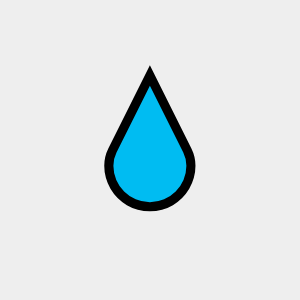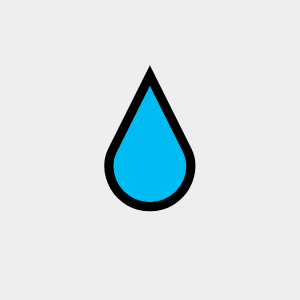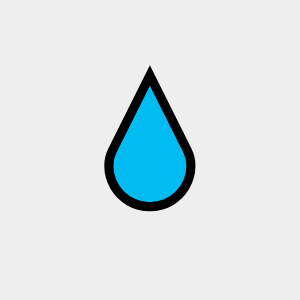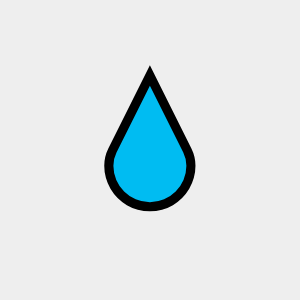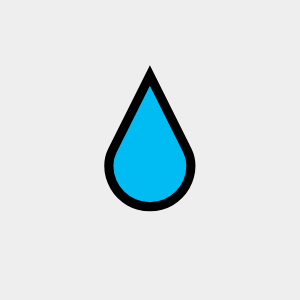Title Page
-
Site conducted
-
Conducted on
-
Prepared by
-
Location
-
Work Order Number
Untitled Page
(T)ools, (S)afety Equipment and (M)aterials
-
Inhibited propylene glycol
-
Sample bottles
-
Conductivity Meter
-
Cleaning materials
Safety Guidelines
-
Chemicals must comply with the Environmental Protection Agency (EPA) regulations and handled in hazardous treatment chemicals as appropriate
-
Be familiar with the Material Safety Data Sheets of any chemicals used in the water treatment program
-
Water treatment specialists must be properly trained
-
Water treatment must be based on proven standard engineering practices
-
Follow treatment as directed by manufacturer or the water treatment company
-
Maintenance includes chemicals, chemical feeding, maintaining proper water conditions, controlling bleed off, protecting idle equipment, and record-keeping
-
Ensure chemicals are properly stored, test equipment clean, and that chemicals have not passed expiration date
-
Maintain records and test results
-
All tests shall conform to the manufacturer's test procedures and standard values
-
Exercise extreme caution when climbing access ladders
Maintenance Procedures
-
Draw a sample from a point where water is circulating. Flush the line until the sample is clear
-
Flush a clean sample bottle with the water from the closed loop system three times to remove any contamination from the bottle, and then collect the sample
-
Use the Glycol Refractometer to test for the proper levels of propylene glycol in the closed loop system
-
Increase the glycol addition rate if glycol level is too low. The correct level of glycol is 30%
-
Decrease the glycol addition rate if glycol is too high
-
Check the total conductivity of the system with a conductivity meter. Record results in a logbook
-
Clean sample bottles and wipe down all chemical treatment equipment
Maintenance Hours
-
How much time was spent on this work order?






